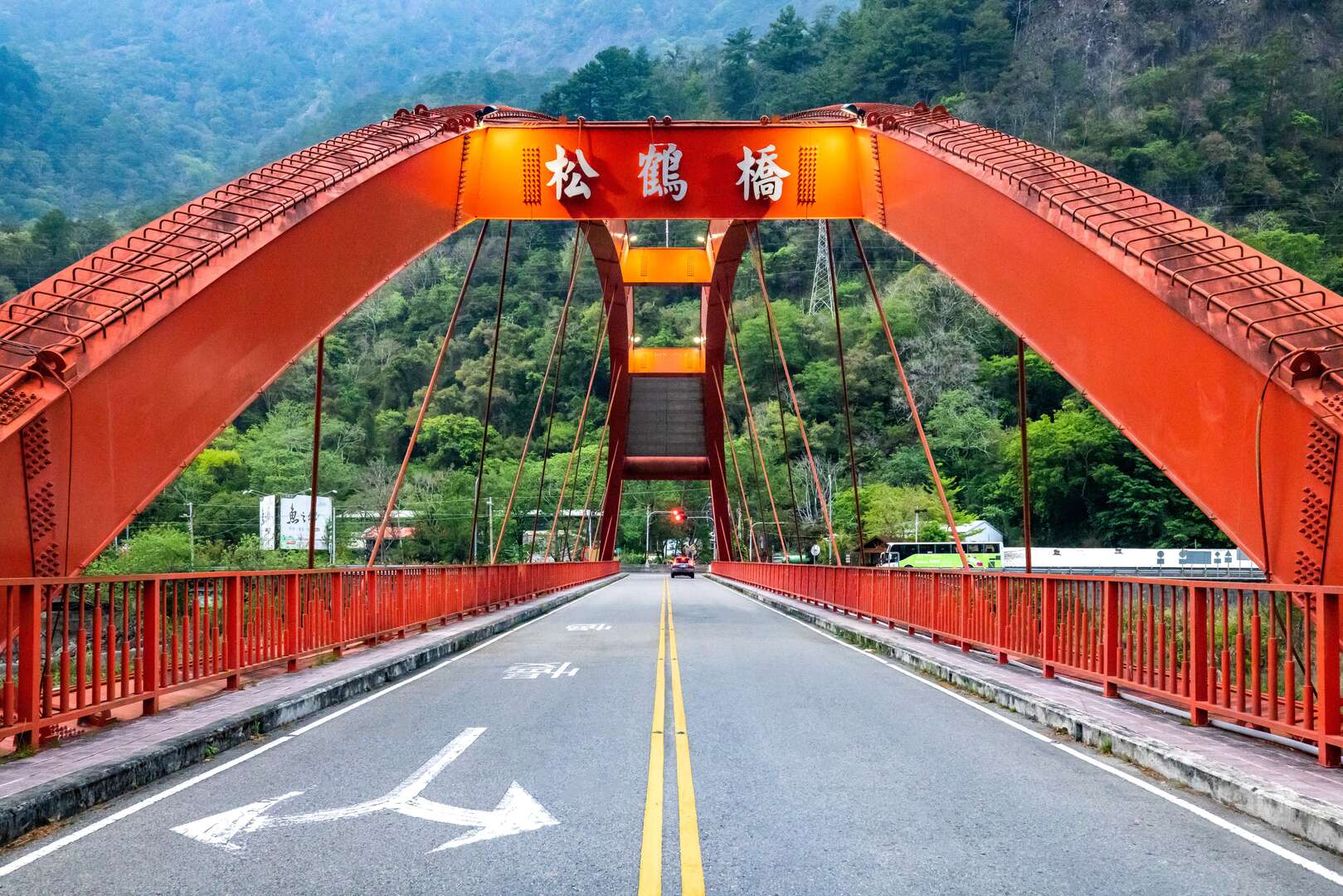Tbulan
Today
--°C
--%
Updated:2025-09-12
 4.3
4.3- Tribal Tours
Tbulan, formerly known as "Kuras" or "Kurasu," was originally an aboriginal settlement of the Atayal people in the early days. The Atayal people refer to Tbulan as "Defulan," which means a livable place with abundant water resources and fertile land.
After the restoration of Taiwan, the area around the Dajia River became known as "Songhe" (meaning pine and crane) because many egrets could be seen seeking food there, resembling flying white cranes from a distance.
Songhe Community, which is located by the riverbank of the Dajia River, is situated on a river terrace. Currently, aborigines, the Hoklo people, the Hakka people, and Mainlanders all reside in this village.
A row of cypress board houses, which served as the employee dormitory of the Forestry Bureau, is located on the Linchang Lane in Songhe Community. The houses are the most well-preserved historical witness of the “Basianshan” forest farm, one of the three largest Taiwanese forest farms during the Japanese Colonial Era. The “Linchang Lane” that stretches across present Tbulan was actually a forest railway.
The dormitory area from the old days is well-preserved and is a major cultural attraction when visiting Tbulan. Visitors can still find Japanese sliding doors, scenic corridors, tatami mats, and even early-day official buildings here, making this place similar to a historical old street from Japan. Although the years have buried many things, it also preserves many historical relics.
Information
Open Time
- Sunday:Open 24 hours a day
- Monday:Break time
- Tuesday:09:00 – 17:00
- Wednesday:09:00 – 17:00
- Thursday:09:00 – 17:00
- Friday:09:00 – 17:00
- Saturday:09:00 – 17:00
How to Get There
